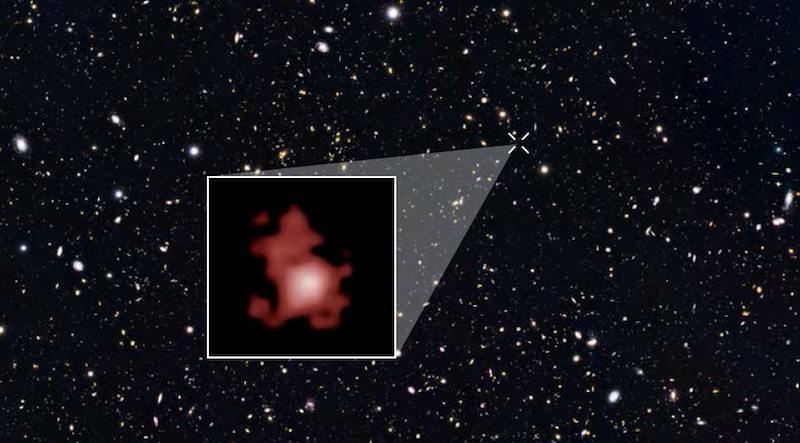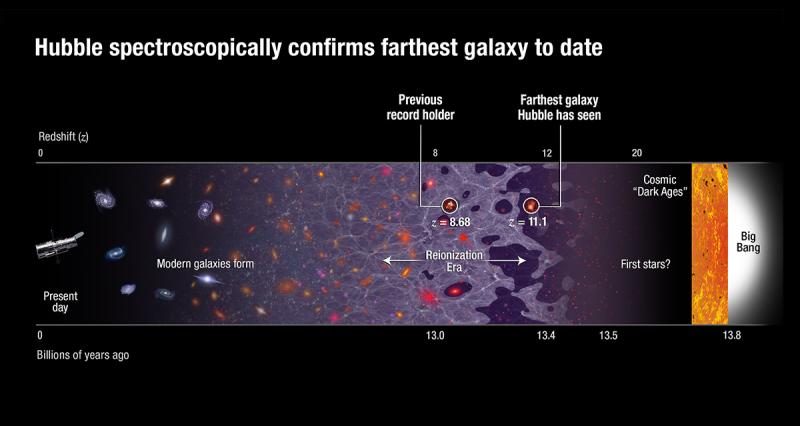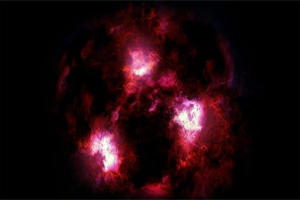
The discovery of the farthest known galaxy is a remarkable achievement in the field of astronomy. In recent years, astronomers have made significant strides in detecting galaxies that are farther and farther away from our own Milky Way galaxy. The newest and farthest known galaxy to date was discovered in 2021 and is known as GN-z11.
GN-z11 is a high-redshift galaxy, which means that it is extremely far away from us and is moving away from us at a high speed. It is located approximately 13.4 billion light-years away from Earth, which makes it one of the oldest and most distant objects ever observed by astronomers. The light that we see from GN-z11 today was emitted when the universe was only 400 million years old, which is less than 3% of its current age.
GN-z11 was discovered using the Hubble Space Telescope, which allowed astronomers to observe the galaxy in great detail. The galaxy's distance was determined using a technique called spectroscopy, which involves analyzing the light emitted by a celestial object to determine its composition and distance. In the case of GN-z11, the redshift of its light was used to determine its distance. The redshift is a measure of the amount that the light has been stretched as the universe has expanded, and it is directly proportional to the distance of the object.
The discovery of GN-z11 is significant because it provides important new information about the early universe. Galaxies like GN-z11 were among the first objects to form in the universe, and they are thought to be responsible for reionizing the hydrogen gas that existed in the early universe. This reionization is thought to have been an important step in the evolution of the universe, as it cleared the way for the formation of stars and galaxies.

GN-z11 is also important because it is one of the brightest and most massive galaxies known at such a high redshift. Its luminosity is estimated to be more than 100 billion times that of the sun, making it one of the brightest objects in the early universe. The high luminosity of GN-z11 is thought to be due to the presence of many young, hot stars, which are formed from the rapid collapse of massive clouds of gas and dust. The high mass of GN-z11 is also thought to be due to the presence of these stars, as well as the presence of dark matter, which is a mysterious and invisible substance that makes up a large fraction of the matter in the universe.
The discovery of GN-z11 has important implications for our understanding of the early universe. By studying GN-z11 and other galaxies like it, astronomers can learn more about the processes that drove the formation and evolution of the first galaxies. They can also learn more about the properties of the early universe, such as its temperature, density, and chemical composition.
In conclusion, the discovery of GN-z11 is a remarkable achievement in the field of astronomy and provides new and important insights into the early universe. The galaxy is one of the oldest and most distant objects ever observed, and its high luminosity and mass make it a key target for further study. The study of GN-z11 and other galaxies like it will continue to provide new and exciting information about the early universe and the processes that drove its evolution.











